Whether your region requires you to install snow-rated tires during the cold months or you simply want to sport them for added safety, you should know how much a winter tire costs. Many car owners just don’t install winter tires because they believe they’re unaffordable.
While winter tires are typically known to be more expensive, affordable options from growing tire brands like Sailun Tire don’t compromise on the quality and performance drivers expect on the icy roads.
But even the pricer ones are more affordable than your rising insurance premium, likely medical bills, and automotive repairs (not covered in the insurance policy) that you must endure due to an accident in harsh winter conditions.
Here, we will explain the cost of different winter tires and the additional expenses associated with them. If you’re in the market for new winter tires — from value-based to premium — check out our full buying guide here.
Many factors affect the price of winter tires, including brand, type, quality, and size. Since every brand has its own criteria to evaluate the price for its rubber, we would avoid commenting on it. However, we will specifically discuss type, quality and size to give you a fair idea of winter or snow tires.
For a compact car with a famous 205/55R16 size, below are approximate prices.
The three main types of winters you find in the market include studless, studded, and winter performance.
Studdless Tires
For most people, studdless winter tires are a perfect companion in cold conditions. These incorporate biting edges and soft rubber compounds, making them flexible for winter. A standard studdless tire will cost you anywhere between $60 and $550, each.
On average, for a typical compact car, expect to pay around $100-$150 per tire or $400-$600 for all four. For an SUV or light-duty pickup, the price goes up to $200-$400 each or $800-$1,200 for a set of four.
Studded Tires
For extreme weather conditions like freezing rain, sleet and wet ice, studded tires are ideal for a safe driving experience. The metal studs fixed on these tires bite into ice, giving you improved grip and handling. A studded rubber would cost you around $75-$550 or more per tire. For two pairs, you can expect to pay between $300 and $2,200.
There are also studdable options, like the Sailun Iceblazer WST1 studdable performance winter tire trusted by over 1-million drivers in Canada alone, which won’t break the bank yet designed for drivers that demand maximum traction in severe weather conditions.
Sailun IceBlazer WST1 studdable winter tireSailun IceBlazer WST1 studdable winter tireWinter Performance Tires
For guys who do not want to leave their sports cars or performance sedans in their garage in winters, they should put on winter performance tires.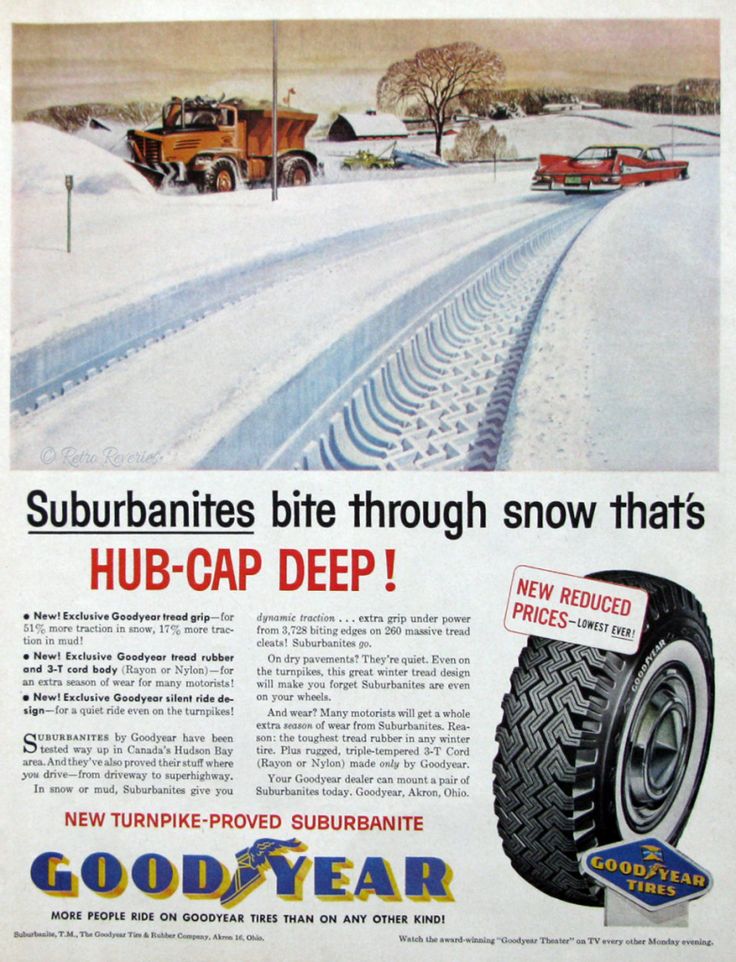 They are designed to offer excellent traction at high speeds on wet and dry roads. However, they are not your perfect companion for ice or snow-packed roads. A regular high performer is available at around $100-$500 each or $400-$2,000 for all four.
They are designed to offer excellent traction at high speeds on wet and dry roads. However, they are not your perfect companion for ice or snow-packed roads. A regular high performer is available at around $100-$500 each or $400-$2,000 for all four.
For all the prices we mentioned above, the smaller the size, the lower the cost. However, the price variation also depends on the tire brand, with American tires selling higher than Chinese-made tires.
The prices we shared above are purely for snow tires; they do not include installation charges. For installation, you have two choices. You can either mount the winter rubber on the existing wheels or buy a new set of wheels for all tires.
 On the other hand, you can buy new wheels for all tires, making it effortless to put on winters when the snow, ice, and slush appear. The four new wheels will set you back $120-$500 or more. You can always try secondhand wheels; they may cost as low as $40-$80.
On the other hand, you can buy new wheels for all tires, making it effortless to put on winters when the snow, ice, and slush appear. The four new wheels will set you back $120-$500 or more. You can always try secondhand wheels; they may cost as low as $40-$80.
 Some retailers provide direct discounts, while others may give you mail-in rebates. You may find them in the shape of gift cards or prepaid cards. The discount amount may vary as per size and model.
Some retailers provide direct discounts, while others may give you mail-in rebates. You may find them in the shape of gift cards or prepaid cards. The discount amount may vary as per size and model. Consumer Reports says that winters tires increase the snow traction by 34%, thus making it easy for you to stop and maneuver the vehicle. These tires actually cut the braking distance by around six feet. That six feet distance is often the gap between you rear-ending a car or drifting into a crossing against carefully coming to a halt without causing a mishap.
Buying the snow tires also enables you to enjoy insurance savings as well as better fuel mileage (if you maintain them well).
Of note, 76% of all Canadians change their all-season tires with snow tires to enjoy better traction and control. Most car owners say that these tires have saved them a possibly dangerous condition.
Here's an all-too familiar winter driving scene: the roads are dusted with slippery, powdery snow and the all-season tires that came with your car seem to be getting the job done. Until your back wheels start to fishtail. Or you brake for a traffic light -- and your car keeps rolling (skating?) toward that icy intersection for several more seconds.
Opt out of those nerve-wracking moments this winter. Get snow tires. Get your brakes, your traction (and your confidence) back.
Snow tires (also called winter tires) provide better traction and braking on winter roads compared to all-season tires, summer tires, or performance tires. The main advantages of snow tires come from cold-friendly rubber composition and precipitation-friendly tread design:
Deeper Tread Depth: Snow tire treads can grip though surface snow and slush.
Groovy Tread Patterns: Snow tire tread patterns have more grooves, to increase the surface area for traction.
Wider Siping: Snow tire edges often feature more open channels called siping to evacuate water.
Softer Rubber: Snow tire rubber is formulated to stay flexible in temperatures below 45 °F / 7 °C (where other tires may develop cracks and premature wear).
Winter tires come in studded and studless types. (Technically, studdable tires are also on the market -- with holes in the tread to install your own studs.) Studded tires offer extreme traction, but give you a bumpy ride the rest of the time. Plus, studded tires damage roads. They’re only legal during winter in most of Canada and the U.S. -- and banned outright in some states. Studded snow tires were once the state of the art in snow tire design and many of us grew up with them. Studless snow tires are the standard winter tire choice today, thanks to decades of advances in tread design and rubber formulation.
All-season tires are not a substitute for snow tires. They’re designed to be a compromise between winter traction and warm-weather performance, comfort, and fuel efficiency. Both summer tires and winter tires outperform all-season tires in their areas of strength. And depending on where you drive, snow tires may be a requirement:
Vehicles registered in the province of Quebec must have four snow tires from December 1 to March 15 -- and they must be either studded or marked with the three-peak mountain snowflake (3PMSF) symbol. (Learn about 3PMSF tires.)
In several U.S. states, local officials have the power to mandate snow tires (or chains) during harsh weather or on snowy roads. New to an area with serious winters? Check with your state transportation department -- or your local Midas tire expert -- for current tire laws.
More and more off-road and all-terrain tires bear the 3PMSF “mountain snowflake” symbol indicating that they are snow-rated, but these tires aren’t a substitute for snow tires. They’re designed to include snow in the types of terrain they can handle, but most aren’t made of cold-tolerant rubber and they aren’t optimized for the full range of winter challenges -- such as icy streets when you aren’t driving off-road.
They’re designed to include snow in the types of terrain they can handle, but most aren’t made of cold-tolerant rubber and they aren’t optimized for the full range of winter challenges -- such as icy streets when you aren’t driving off-road.
Off-road driving can complicate your snow tire options. Trust Midas to help you find your perfect winter tires.
Related:
Learn more about all-terrain tires.
If winter temperatures in your area regularly drop below 45 °F / 7 °C, snow tires are well worth the extra expense - no matter how much (or how little) snow falls.
1. Snow tires offer better cold-weather traction whether it’s snowing or not, because they’re made of more cold-tolerant rubber than other tires. So “snow” tires offer peace of mind all winter -- even when there’s not a cloud in the sky.
2. Snow tire treads really do outperform all-season tires on snow and ice. In a test of multiple tire brands, Consumer Reports found that winter tires reduced braking distance on ice by an average of six feet, and improved snow traction by an average of 34%1.
Here’s another reason snow tires are worth the money: Keeping your regular tires off the road and safely stored during the winter months will extend their life for another two or three years.
Four matching snow tires are recommended for all passenger vehicle types. Your vehicle’s brakes and traction control are designed for all its tires to have the same traction capability. If you only change your front tires to winter tires, the back of your vehicle may spin out as the back tires grip the road loosely compared to the front. If you only install winter tires on the back of your car, you may find it difficult to turn your vehicle as the front tires encounter resistance from the back tires.
Winter tires excel in temperatures below 45 °F / 7 °C, and summer tires rule the road in warmer weather. It’s not just about snow -- it’s the rubber, too. Summer tires can grow brittle in cold weather, risking premature cracks and wear. Winter tires can become too soft in warm weather, increasing rolling resistance, compromising fuel efficiency, and wearing down your tire edges prematurely.
Snow tires should not be used when the temperature regularly exceeds 45 °F / 7 °C. Snow tires are made of softer rubber than other tires to counteract the brittleness that rubber takes on when cold. A winter tire used in warm weather becomes too soft, causing uneven tread wear and risking premature breakdown. The tread wear pattern on a snow tire used out of season looks much like the wear pattern on an under-inflated tire.
A set of snow tires that is properly used, maintained, and stored will provide most drivers with three to four seasons of superior winter traction. After that, the tires may be usable for several more winters, but without the full benefits of winter tires. Your tire manufacturer may offer guidelines, and the actual life of your snow tires will depend on your mileage, your driving conditions, and how you care for your tires. You can extend their life by using your winter tires in only cold weather, storing them properly in warm weather, maintaining proper tire pressure, and following a regular schedule of wheel alignment, tire rotation, and tire balancing.
Replace your snow tires if they sustain sidewall damage, or when they’ve worn down below acceptable tread depth. In the U.S., 2/32” is the legal minimum tire tread depth, and some manufacturers encourage drivers to keep their tires until that point. (Tip: When your tire wear bars show visible wear, you’re there. Replace those tires as soon as possible.) But 4/32” to 6/32” may be a better tread depth for snow tires. In a test of multiple winter tire brands at 5/32”-6/32” tread depth, Consumer Reports saw a 14.5% decline in snow traction during acceleration, and a 7% increase in wet stopping distance2.
Related:
How to measure tire tread depth with a U.S. or Canadian coin.
Your local Midas technician can inspect your snow tires during the season switch, or whenever you have your tires serviced. You’ll get objective advice on when it’s time for replacement tires.
In warmer weather (temperatures regularly above 45 °F / 7 °C) store snow tires away from heat, light, air, and moisture to protect them from rubber breakdown and dry rot.
(831) 262-1-262 retail
(831) 262-1-176 for legal persons
info@linaris.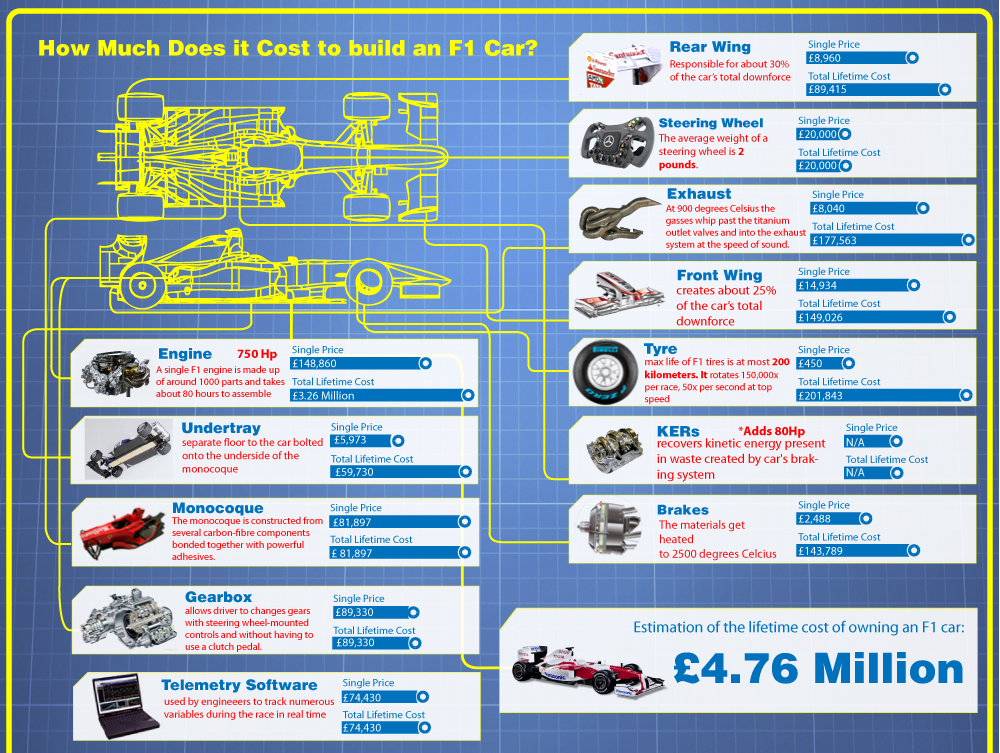 ru
ru
Width:
- doesn't matter -135155165175185195205215225235245255265275285295303053131532325333537
Profile:
- not important -010.511.512.53035404550556065707580859.5
Diameter:
Availability >=:
12345678
12
Sorting:
Price ↑Price ↓
DUNLOP Graspic DS-3
185/55 R15
Show availability, apply for a loan, installment plan
Item No: 00000023405
Size: 185/55 R15
Type: Winter
Load index: 82
Speed index: Q
Larina, 19A 1 pc.
1740
HANKOOK ZOVAC HP W401
5. 00/ R12
00/ R12
Show availability, apply for a loan, installment plan
Item No: 00000016908
Size: 5.00/ R12
Type: Winter
Load index: 83/81
Speed index: P
Larina, 19A 1 pc.
1900
TUNGA NORDWAY 2 PW-5
175/70 R13
Show availability, apply for a loan, installment plan
Item No.: 00000027437
Size: 175/70 R13
Type: Winter
Load index: 82
Speed index: Q
Larina, 19A >12 pcs.
Road, 66 (Pavlovo) 6 pcs.
Trunk, 26 (Kstovo) 5 pcs.
2690
KAMA ALGA (NK-531)
175/70 R13
Show availability, apply for a loan, installment plan
Item No: 00100022871
Size: 175/70 R13
Type: Winter
Load index: 82
Speed index: T
Larina, 19A 8 pcs.
2800
KAMA ALGA (NK-531)
175/65 R14
Show availability, apply for a loan, installment plan
Item No: 00100022974
Size: 175/65 R14
Type: Winter
Load index: 82
Speed index: T
Ivlieva, 22A 1 pc.
2970
CORDIANT SNOW CROSS PW-2
175/70 R13
Show availability, apply for a loan, installment plan
Item No: 00100001597
Size: 175/70 R13
Type: Winter
Load index: 82
Speed index: T
Larina, 19A >12 pcs.
Kominterna, 47B 4 pcs.
Rayevsky, 2A 1 pc.
Road, 66 (Pavlovo) 4 pcs.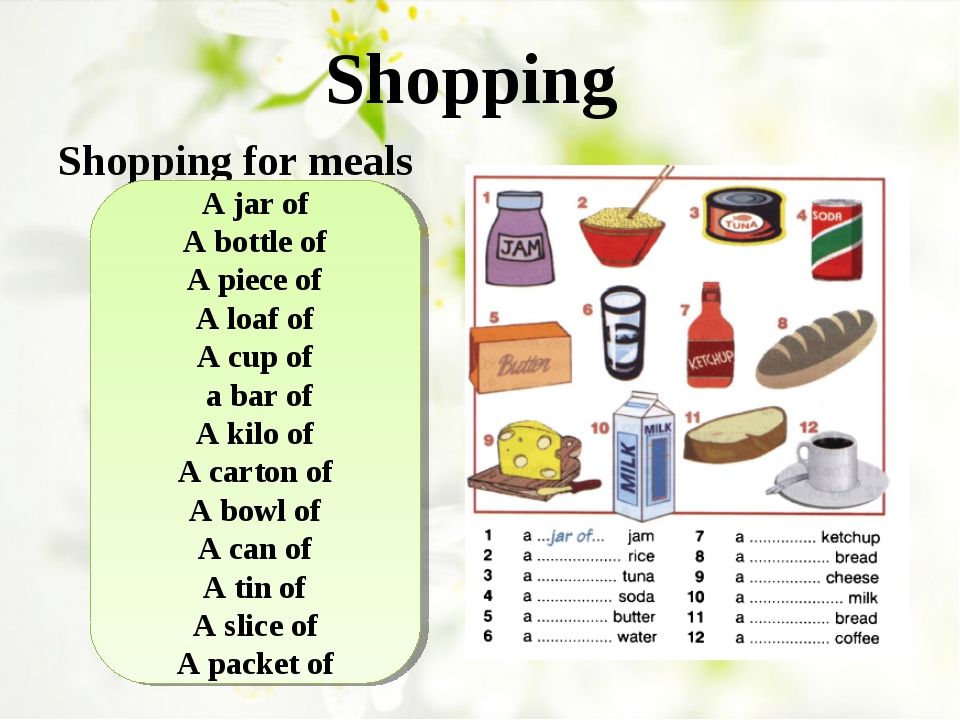
Trunk, 26 (Kstovo) 4 pcs.
3030
TUNGA NORDWAY 2 PW-5
185/65 R14
Show availability, apply for a loan, installment plan
Item No: 00000027439
Size: 185/65 R14
Type: Winter
Load index: 86
Speed index: Q
Larina, 19A >12 pcs.
Kominterna, 47B 2 pcs.
Ivlieva, 22A 4 pcs.
Rayevsky, 2A 6 pcs.
Road, 66 (Pavlovo) 2 pcs.
Trunk, 26 (Kstovo) 6 pcs.
3060
TUNGA NORDWAY 2 PW-5
185/60 R14
Show availability, apply for a loan, installment plan
Item No: 00000027438
Size: 185/60 R14
Type: Winter
Load index: 82
Speed index: Q
Kominterna, 47B 4 pcs.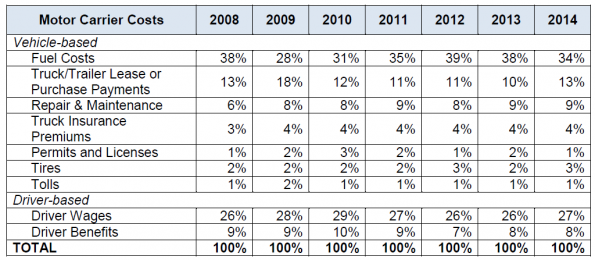
Electric locomotive, 7A 8 pcs.
Rayevsky, 2A 2 pcs.
Road, 66 (Pavlovo) 4 pcs.
Trunk, 26 (Kstovo) 5 pcs.
3100
CORDIANT SNOW CROSS 2
175/70 R13
Show availability, apply for a loan, installment plan
Item No: 00000027427
Size: 175/70 R13
Type: Winter
Index g/n: 82
Speed index: T
Larina, 19A >12 pcs.
Electric locomotive, 7A 4 pcs.
Rayevsky, 2A 2 pcs.
3130
CORDIANT POLAR 2
175/65 R14
Show availability, apply for a loan, installment plan
Item No: 00100026692
Size: 175/65 R14
Type: Winter
Index g/n: 82
Speed index: Q
Larina, 19A 1 pc.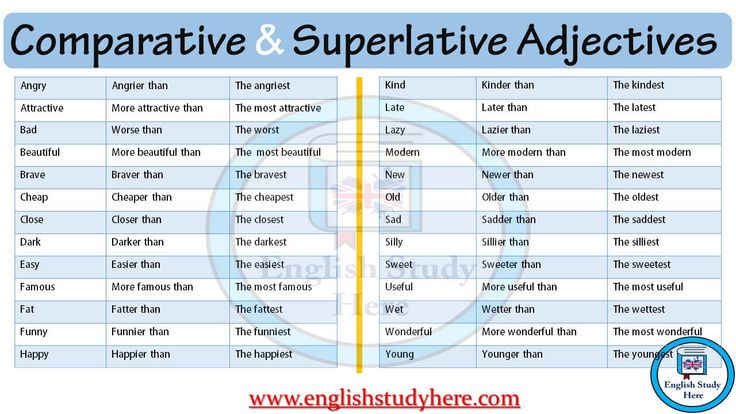
3150
TUNGA NORDWAY
185/70 R14
Show availability, apply for a loan, installment plan
Item No: 00100005553
Size: 185/70 R14
Type: Winter
Load index: 88
Speed index: Q
Larina, 19A >12 pcs.
Raevsky, 2A 7 pcs.
3200
KAMA NK-531
185/65 R14
Show availability, apply for a loan, installment plan
Item No: 00100024292
Size: 185/65 R14
Type: Winter
Load index: 86
Speed index: T
Larina, 19A 4 pcs.
3200
KAMA 503
135/80 R12
Show availability, apply for a loan, installment plan
Item No: 00000001747
Size: 135/80 R12
Type: Winter
Load index: 68
Speed index: Q
Ivlieva, 22A 4 pcs.
Trunk, 26 (Kstovo) 1 pc.
3255
KAMA NK-531
185/70 R14
Show availability, apply for a loan, installment plan
Item No: 00100023853
Size: 185/70 R14
Type: Winter
Load index: 88
Speed index: T
Larina, 19A 8 pcs.
Road, 66 (Pavlovo) 2 pcs.
Trunk, 26 (Kstovo) 2 pcs.
3280
LANVIGATOR ICE-SPIDER
185/65 R15
Show availability, apply for a loan, installment plan
Item No: 00100022642
Size: 185/65 R15
Type: Winter
Load index: 92
Speed index: T XL
Larina, 19A >12 pcs.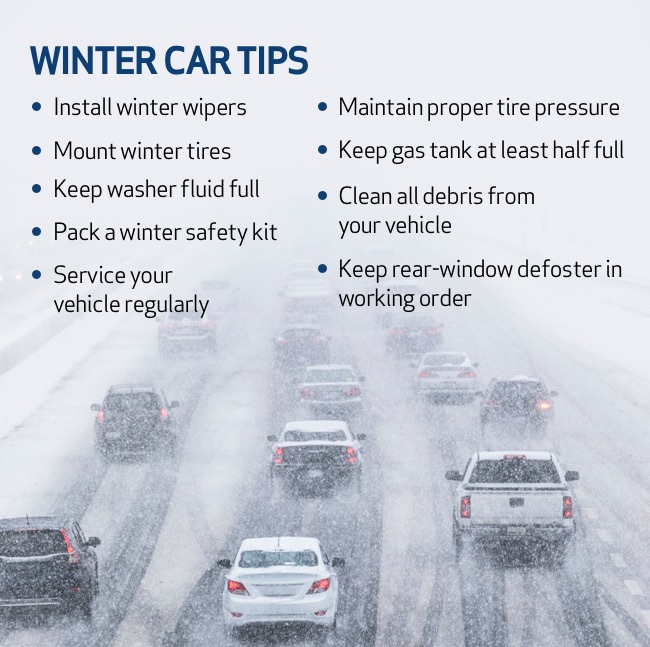
Kominterna, 47B 4 pcs.
Ivlieva, 22A 4 pcs.
Road, 66 (Pavlovo) 4 pcs.
Trunk, 26 (Kstovo) 12 pcs.
3290
LANVIGATOR ICE-SPIDER
185/65 R14
Show availability, apply for a loan, installment plan
Item No: 00100022658
Size: 185/65 R14
Type: Winter
Load index: 90
Speed index: T XL
Larina, 19A >12 pcs.
Kominterna, 47B 2 pcs.
Rayevsky, 2A 4 pcs.
Trunk, 26 (Kstovo) 8 pcs.
3290
TUNGA NORDWAY
185/65 R15
Show availability, apply for a loan, installment plan
Item No: 00100005554
Size: 185/65 R15
Type: Winter
Load index: 88
Speed index: Q
Larina, 19A >12 pcs.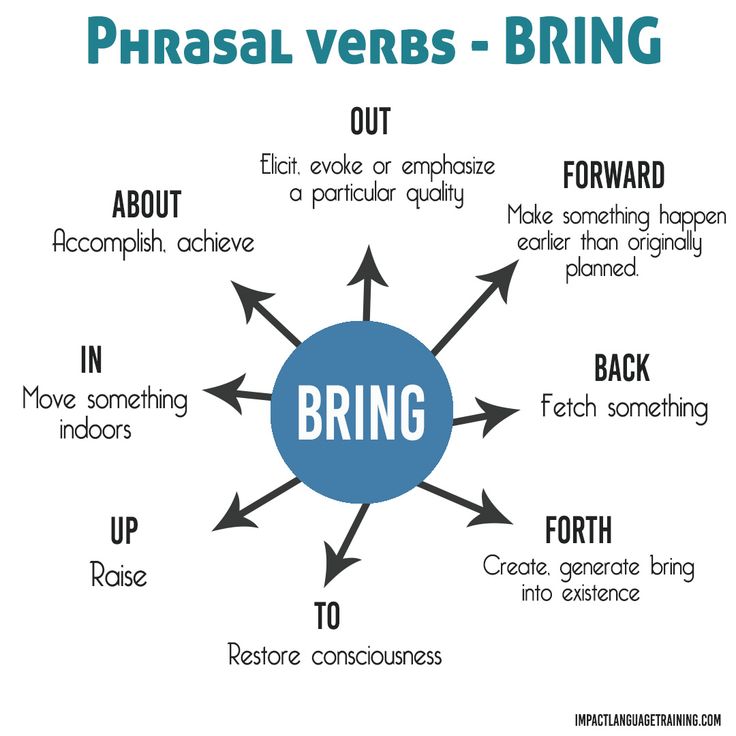
Comintern, 47B 4 pcs.
Rayevsky, 2A 1 pc.
Road, 66 (Pavlovo) 2 pcs.
Trunk, 26 (Kstovo) 7 pcs.
3300
TUNGA NORDWAY 2 PW-5
195/65 R15
Show availability, apply for a loan, installment plan
Item No.: 00000027440
Size: 195/65 R15
Type: Winter
Load index: 91
Speed index: Q
Electric locomotive, 7A 2 pcs.
Rayevsky, 2A 3 pcs.
Trunk, 26 (Kstovo) 4 pcs.
3360
LANVIGATOR ICE-SPIDER
185/60 R15
Show availability, apply for a loan, installment plan
Item No: 00100022659
Size: 185/60 R15
Type: Winter
Load index: 88
Speed index: T XL
Larina, 19A >12 pcs.
Kominterna, 47B 4 pcs.
Rayevsky, 2A 12 pcs.
Road, 66 (Pavlovo) 8 pcs.
Trunk, 26 (Kstovo) 6 pcs.
3390
CORDIANT SNOW CROSS 2
175/70 R14
Show availability, apply for a loan, installment plan
Item No: 00000027428
Size: 175/70 R14
Type: Winter
Load index: 88
Speed index: T
Larina, 19A 2 pcs.
Rayevsky, 2A 4 pcs.
3450
TOYO OBSERVE GSi-5
195/70 R14
Show availability, apply for a loan, installment plan
Item No: 00000029590
Size: 195/70 R14
Type: Winter
Load index: 91
Speed index: Q
Larina, 19A 1 pc.
3500
NOKIAN Nordman 7
175/65 R15
Show availability, apply for a loan, installment plan
Item No: 00100011683
Size: 175/65 R15
Type: Winter
Load index: 88
Speed index: T XL
Larina, 19A 4 pcs.
3580
LANVIGATOR ICE-SPIDER
195/60 R15
Show availability, apply for a loan, installment plan
Item No: 00100022660
Size: 195/60 R15
Type: Winter
Load index: 92
Speed index: T XL
Larina, 19A >12 pcs.
Kominterna, 47B 4 pcs.
Raevsky, 2A 6 pcs.
Road, 66 (Pavlovo) 8 pcs.
Trunk, 26 (Kstovo) 8 pcs.
3590
LANVIGATOR ICE-SPIDER
195/65 R15
Show availability, apply for a loan, installment plan
Item No: 00100022661
Size: 195/65 R15
Type: Winter
Load index: 95
Speed index: T XL
Larina, 19A >12 pcs.
Kominterna, 47B 1 pc.
Ivlieva, 22A 2 pcs.
Electric locomotive, 7A 7 pcs.
Rayevsky, 2A 8 pcs.
Road, 66 (Pavlovo) 6 pcs.
Trunk, 26 (Kstovo) 8 pcs.
3590
KAMA EURO-519
175/70 R14
Show availability, apply for a loan, installment plan
Item No: 00100021657
Size: 175/70 R14
Type: Winter
Load index: 84
Speed index: T
Larina, 19A 6 pcs.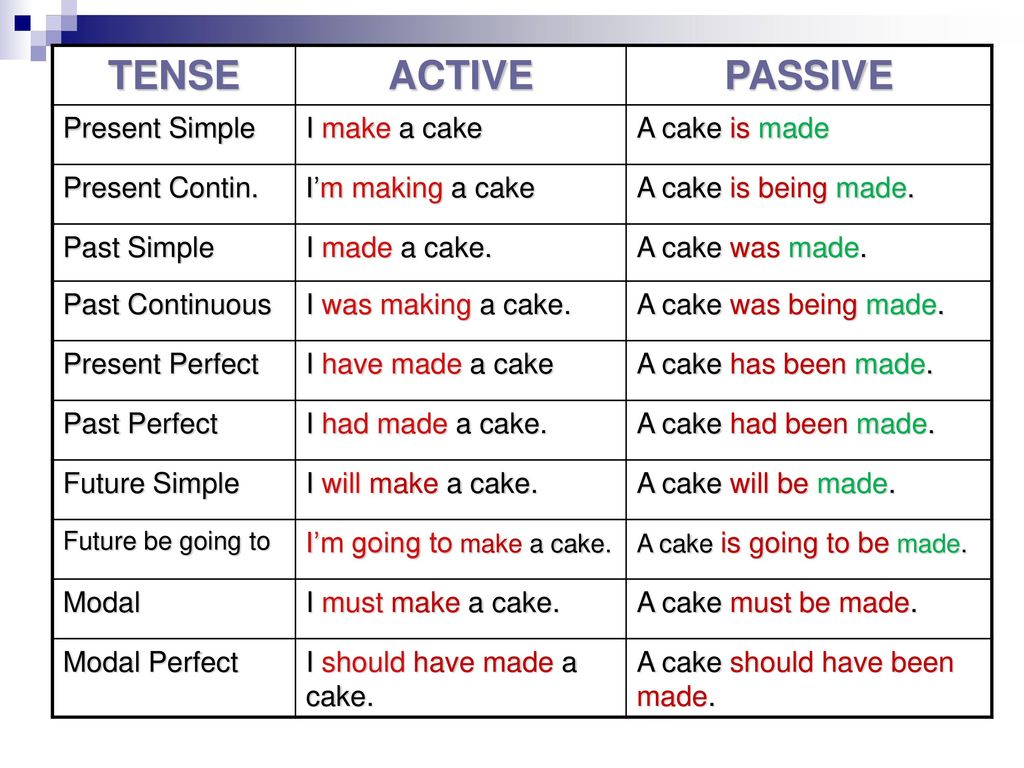
Kominterna, 47B 4 pcs.
3600
NKSHZ Viatti Brina Nordico V-522
185/65 R15
Show availability, apply for a loan, installment plan
Item No: 00100016859
Size: 185/65 R15
Type: Winter
Load index: 88
Speed index: T
Larina, 19A >12 pcs.
Kominterna, 47B 1 pc.
Rayevsky, 2A 4 pcs.
Trunk, 26 (Kstovo) 4 pcs.
3665
CORDIANT SNOW CROSS
185/65 R15
Show availability, apply for a loan, installment plan
Item No: 00000027734
Size: 185/65 R15
Type: Winter
Load index: 92
Speed index: T
Larina, 19A 5 pcs.
Trunk, 26 (Kstovo) 2 pcs.
3720
CORDIANT SNOW CROSS
185/60 R15
Show availability, apply for a loan, installment plan
Item No: 00000028643
Size: 185/60 R15
Type: Winter
Load index: 84
Speed index: T
Larina, 19A 9 pcs.
Electric locomotive, 7A 4 pcs.
Road, 66 (Pavlovo) 2 pcs.
3880
LANVIGATOR ICE-SPIDER
205/55 R16
Show availability, apply for a loan, installment plan
Item No: 00100022662
Size: 205/55 R16
Type: Winter
Load index: 94
Speed index: T XL
Larina, 19A >12 pcs.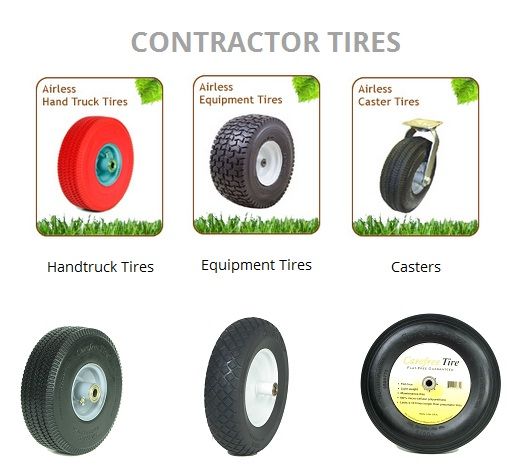
Electric locomotive, 7A 4 pcs.
Rayevsky, 2A 10 pcs.
Trunk, 26 (Kstovo) 8 pcs.
3890
02/22/2023 - 03/31/2023
03/01/2023 - 05/31/2023
01/01/2023 - 12/31/2023
03/01/2022 - 12/31/2023
Riding in the cold season makes special demands. To buy winter tires with delivery in Nizhny Novgorod, please contact the official supplier - Linaris LLC.
Wheel products of different brands and all price categories are on sale. You can choose a set of winter tires that is optimal for a particular car, driving conditions and suitable for the price.
All tires are certified, there is documentary evidence of driving and technical and functional qualities, as well as resource potential. Each set of winter tires comes with an official warranty.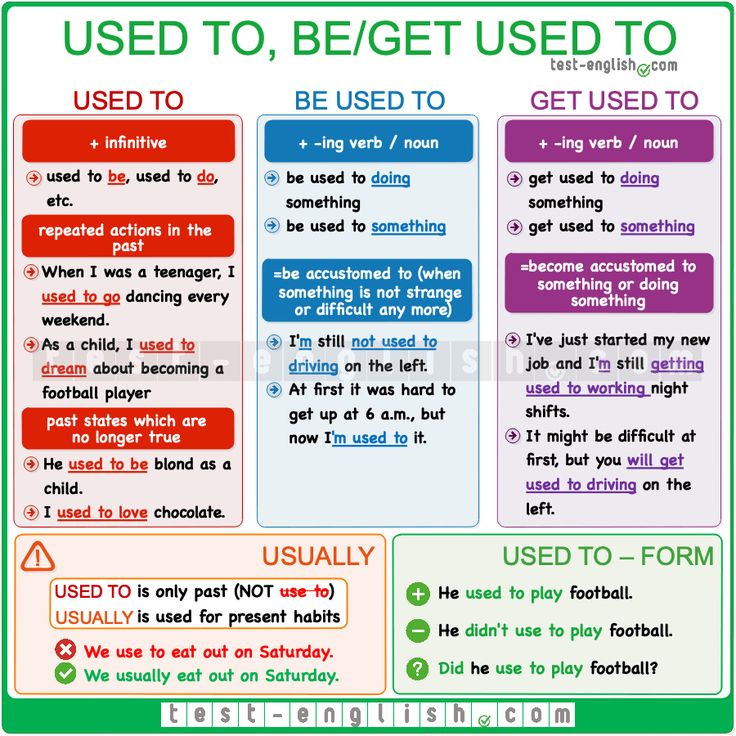 The range is constantly updated, there are tires for all types of vehicles.
The range is constantly updated, there are tires for all types of vehicles.

A special variety are the standard tires that can be studded. These can be ordinary budget wheels, the processing of each of them costs an average of 15-20 dollars.
There is a convenient form on the Linaris LLC website that allows you to select tires according to the specified parameters. Specify the appropriate standard sizes in the "Width", "Profile" and "Diameter" fields and click "Apply" - a list of wheel products that meet the specified criteria will be displayed.
You can filter the list by season (in this case, for winter tires, the presence / absence of studs is indicated) and manufacturer (brand). The ability to sort the list in ascending/descending cost has been implemented, while you yourself set the price range that matches your budget. For each type of wheel products, a detailed description is given with the main characteristics and a visual illustration.
To buy winter tires and order delivery in Nizhny Novgorod, call: 8 (831) 262-12-62 — or use the web form.
There is a misconception that you can't buy reliable winter tires cheaply. However, even among budget models it is easy to find an option that will not be inferior to more expensive counterparts. To make it easier for you to prepare for the season and pick up a new thing for the cold weather, we have compiled a rating of budget winter tires with commendable characteristics and at very low prices. Remember that any top is extremely subjective and you should only trust your individual experience. The list is only meant to help you set your expectations. It is based on feedback from drivers and on the basis of tests conducted by auto experts.
| Place in the ranking | Designation | |
|---|---|---|
| TOP studded budget tires | ||
| 1 | Nokian Tires Nordman 5 | |
| 2 | Bridgestone Ice Cruiser 7000S | |
| 3 | Toyo Observe Ice-Freezer | |
| 4 | Hankook Tire Winter i*Pike RS2 | |
| 5 | Pirelli Ice Zero | |
| 6 | Marshal WinterCraft Ice WI31 | |
| 7 | Cordiant Snow Cross | |
| 8 | Roadstone WinGuard WinSpike | |
| TOP friction budget tires | ||
| 1 | Viatti Brina V-521 | |
| 2 | GoodYear Ultra Grip Ice+ | |
| 3 | Yokohama Ice Guard IG60 | |
| 4 | Toyo Observe GSi-5 | |
| 5 | Kumho I ZEN KW31 | |
| 6 | Bridgestone Blizzak Revo GZ | |
| 7 | Dunlop Winter Maxx WM02 | |
| 8 | Cordiant Polar SL | |
Before getting acquainted with the available models, any driver will ask himself or a familiar driver the usual question: “to stud tires this year or do it?”. Studded tires and friction tires have both advantages and disadvantages. In order to drive in bad weather on snowy country roads, studded ones are better suited - they “bite” into the ice better and slide less on icy areas. On asphalt, they cope worse, and they rattle strongly on the surface. In urban conditions, Velcro ride more confidently - there are more sipes on the tread block for pumping water, besides, they are more elastic than studs and withstand lower temperatures.
When you look at ratings and choose tires, pay attention to several important points that are important for winter tires:
Strength and ability to withstand low temperatures without losing elasticity.
The famous Finnish manufacturer Nokian is known not only for premium models, but also for budget models that can compete with tires from the mainstream range. Despite the fact that the fifth Nordman came out more than ten years ago, its good performance continues to attract car owners. The main advantage is the excellent handling of the car in bad weather. Drivers who tried the northerner for strength note that the car continues to respond well even on ice and maintain a low braking distance. The secret to this success is the directional tread configuration with a pronounced rib in the center of the tire. Road holding remains stable thanks to the lateral edges, and the wide block grooves quickly wash away all the dirt from the rubber surface.
| Pluses + | Cons - |
|---|---|
|
|
Reviews of the Nokian Nordman 5
This tire from a Japanese manufacturer is suitable for both SUVs and cars. The undeniable advantage of these tires, which is noted by most drivers and experts, is an improved system for removing water from the contact patch, which reliably protects the wheels from the effect of slashplanning. The directional tread pattern consists of large blocks and transverse sipes, which, in combination with hard shoulder zones, help the car to grip the road and better control on slippery areas during icy conditions or on hard-packed snow. As the load changes, the grooves will widen and narrow, which keeps the shape of the wheel and helps you stay on course on bumpy roads. Users also praise the strength of the rubber and the resistance of the “thorn” to falling out over several seasons.
| Pluses + | Cons - |
|---|---|
|
|
Reviews of Bridgestone Ice Cruiser 7000S
The tire from the Japanese company Toyo is designed for passenger cars of small and medium class. The main point that the experts drew attention to is the enlarged stud flange, which is buried in rubber and firmly holds it to the base. The pin has become smaller and now interacts softer with the road surface. For better contact with the road, this model is equipped with a directional V-shaped tread pattern. The wheels cope well with longitudinal and transverse grip, do not walk at high speeds, thanks to the swept blocks of the central part. The sipes are scattered not only along the contact patch, but also on the sidewalls, which makes it easier for the car to fit into turns in the most slippery areas.
| Pluses + | Cons - |
|---|---|
|
|
Reviews of Toyo Observe Ice-Freezer
This model from the Korean manufacturer is distinguished by a rich tread pattern equipped with hexagonal blocks in the center. It promotes better contact even on packed snow or ice. Water is quickly diverted by drainage grooves, indispensable on wet asphalt and when driving through puddles. Shoulder zones help to drive through snowdrifts - they compact and accumulate snow crumbs and ice floes. Experts call this budget model the best for passing on bare ice - the studding is located not only along the edges, but also along the edges in as many as twelve rows.
| Pluses + | Cons - |
|---|---|
|
|
Reviews Hankook Winter i*Pike RS2
It is easy to recognize the products of Italian masters by the tread pattern. It is filled with pentagonal checkers and many sipes that improve the car's stability on the track and quickly drain water. The shape of the spikes is also remarkable: at the leading edge, the edge has a wide edge, with the help of which the rotation is slowed down; on the back spikes in the form of a rhombus. With them, the car starts faster and more confidently keeps on slippery sections of the road. Drivers who have used Ice Zero note that if the “thorn” falls out, it is extremely slow.
| Pluses + | Cons - |
|---|---|
|
|
Reviews of Pirelli Ice Zero
The car in rubber from Marshal is protected from slipping on ice and on a packed snow track, the car holds firmly on slippery surfaces and does not deviate from the trajectory even with side contact. It's all about the unique tread design with multi-directional sipes, one-piece blocks and side channels, with the help of which any maneuver will be on everyone's shoulder. The rubber compound protects the tire from freezing in the cold, at any temperature it remains soft and elastic.
| Pluses + | Cons - |
|---|---|
|
|
Reviews of Marshal WinterCraft Ice WI31
The rubber compound contains a lot of silicon, which protects tires from wear. Silica protects rubber from destruction at low temperatures, allows you to better maintain stability on ice and wet surfaces. In tests, the tire showed good results in braking and starting from an icy track.
| Pluses + | Cons - |
|---|---|
|
|
Reviews of Cordiant Snow Cross
The low price of the Roadstone product hides a lot of possibilities in this budget model. The directional, arrow-shaped tread design provides good traction on ice and packed snow.